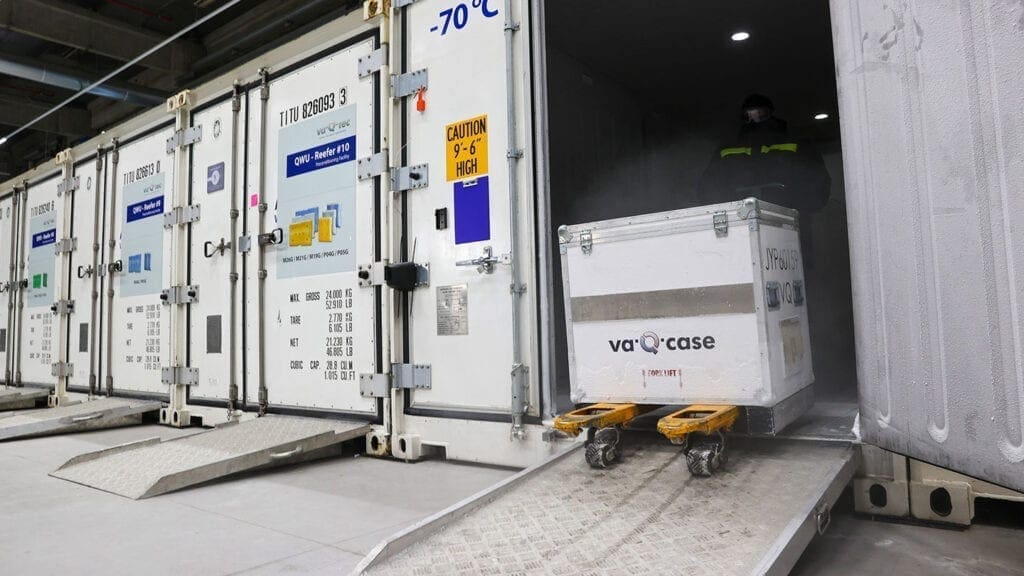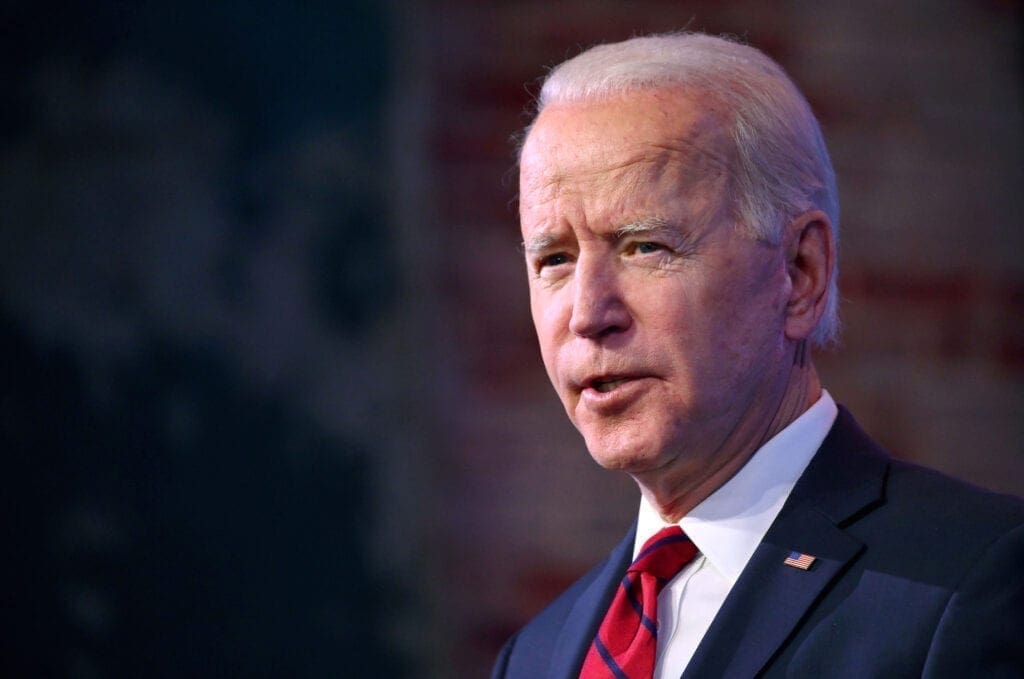While national media outlets have touted the state of West Virginia for its speedy pace during the beginning stages for vaccine inoculations, local public health officials have grown frustrated with delayed distribution and unexpected reductions in the number of doses delivered.
That is because the delays and decreases have been realized in Ohio County only after state officials altered a delivery system which was working very well for those involved with the Wheeling-Ohio County Health Department, according to Lou Vargo, director of the county’s Emergency Management Agency and interim administrator for the Ohio County Commission.
“The governor has said that we’re leading the nation getting shots into arms, and that’s a great thing. My bottom line is that if what we are doing is working, then why change? That doesn’t seem to matter,” Vargo explained. “The past few weeks we have received 250 doses for the 80 and older population, and we have worked very hard to get those vaccinations completed.

“Now, a decision was made on the state level to do them regionally, and let’s have a combined, regional vaccination clinic. Brooke and Hancock counties had one, and then they put Ohio, Marshall, and Wetzel counties together for one late last week,” he said. “During a planning meeting last week, we came up with doing that clinic at the Marshall County Fairgrounds, and we were given 600 doses for the region. Well, before that day was over, the number was cut down to 400 doses.”
That idea, however, is posing problems.
“When we found out about the reduction in doses, it meant that we only had 130 vaccinations for people in Ohio County instead of the 250 the state had been sending,” Vargo said. “At the same time, it was announced that we’re going to start vaccinating people 65 and over, but we haven’t covered everyone 80 and older just yet.
“The administrator of the Wetzel/Tyler health department said this plan means the people who live in rural Tyler County would have to drive for an hour and 45 minutes to reach the fairgrounds and that a lot of them have already said that aren’t going to drive that distance. It’s a major issue so we are hoping some things go back to the way they were so it’s more convenient for everyone. West Virginia is a very rural state.”

Supply and Demand
Howard Gamble, the administrator of the Wheeling-Ohio County Health Department, has organized and held clinics for residents 80 and over the past three weeks, and each day 50 senior citizens would be vaccinated. The appointments have been filled quickly by staff members because of the limited supply, but that does not mean those phone lines stop ringing.
That is why Vargo wonders why W.Va. Gov. Jim Justice has announced two additional age brackets before most of the state’s counties had completed the first one.
“We have heard from some people who are 80 and older who have said they feared we forgot about them because the state keeps announcing new ages,” Vargo said. “We haven’t forgotten anyone; trust me on that, but the governor has added ages without adding to the number of doses that we receive each week.
“The one thing about all of this that is frustrating people is that they call the health department when they are supposed to, and it’s been really difficult to get through because of how high the demand is,” he continued. “Even after all of the appointments are filled, people keep calling, and I understand that because if I had a loved one who’s 80 or older, every member of my family would be calling to get that loved one an appointment.”
It’s the supply that’s the problem.
“Some people do not believe the original system worked because they called so many times without getting through, and we’ve been getting beat up pretty good on social media because of it,” Vargo said. “But we can only schedule what we can schedule based on the doses we receive, and I can’t put all of the blame on the state because those people are relying on the federal government for the vaccines.
“It has been frustrating because all we want to do is get these doses to the people who need them the most, and everything was going very well with doing the 50 vaccinations per day at the health department,” he said. “But all of the decisions are being made by the governor and his staff in Charleston, and those decisions are limiting what we can do here in Ohio County.”

833-734-0965
During the recent weekend, the state Department of Health and Human Resources made an announcement about a new statewide call center for vaccination pre-registration, and the Wheeling-Ohio County Health Department posted the following on its Facebook page.
“Starting January 25th West Virginia residents must call the COVID-19 vaccine hotline number or register via the website listed below to get on a reserve list for a vaccination. The state database and call center will open at 8 a.m. Monday 01/25/2021. When it opens, people will be able to register online at vaccinate.wv.gov. If they do not have internet or would prefer to do it over the telephone, the call center number will be (833) 734-0965.“
At this time, it is still limited to age 65+.
Vaccine registration website: vaccinate.wv.gov
Vaccine Hotline number: (833) 734-0965
Hotline hours:
• Monday thru Friday 8.a.m. to 6 p.m.
• Saturday 9 a.m. to 5 p.m.”

When announced, West Virginia became the first state in the nation to establish a call center, but Vargo knows all too well these two things:
- Demand
- Supply
“OK, so residents can cell and get pre-registered for an appointment for the vaccine, and my reaction was that we can have a call center with 10,000 lines, but that doesn’t change the fact that everyone is going to be calling,” Vargo said. “The biggest problem with that is that we just don’t have enough vaccines right now to meet the demand.
“Hopefully, President Biden is able to get 100 million doses out there in his first 100 days, but that means he will have to get the companies to speed up production,” he said. “That’s what is going to make it better, but when you do the math, if we get 250 doses per week and we have 2,000 residents who are 80 and over, it’s going to take us eight weeks to complete those. With the reduction in doses, though, it’s going to take twice as long.”


